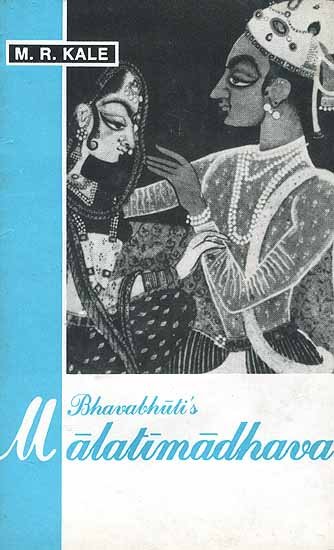Malatimadhava (study)
by Jintu Moni Dutta | 2017 | 52,468 words | ISBN-10: 8120813057 | ISBN-13: 9788120813052
This page relates ‘Women in Public Life in 8th-century India’ from the English study on the Malatimadhava of Bhavabhuti:—A Prakarana type of Drama in ten acts revolving around the love-story of Malati (from Padmāvatī) and Madhava (from Vidarbha). This study discusses the history of its author and the literary, social, religious, historical and cultural aspects of the Malatimadhava.
Part 3.4 - Women in Public Life in 8th-century India
During 8th century A.D. women used to participate actively in public life. The marriageable girls enjoyed freedom as they could move in the company of their lovers. It is evident from the Mālatīmādhava that Mālatī had gone to the garden of Madana where Mādhava also had gone. There Mādhava took off the bakula garland from his neck and gave it to her. Mālatī accepted it saying that it was a great favour. Afterwards she disappeared in the great throng of the citizens who moved about at the close of the fair.[1]
Though the girls were kept under the protection of their parents yet they were allowed to move about at the public places, in the gardens and in the temples with their friends. In the 1st act of the Mālatīmādhava[2], Mālatī is found to have gone to the Kusumakāra garden accompanied by Lavaṅgikā. At the same place the reference of Mālatī’s going to the temple of Śaṃkara with Kāmandakī is also found.[3] Apart from these a good number of women were employed as servants to earn their livelihood.
Footnotes and references:
[1]:
[2]:
anantaraṃ ca yātrābhaṅgapracalitasya mahataḥ paurajanasya saṃkulena vighaṭitāyāṃ tasyāmāgatoasmi /
Ibid., I.p.36
[3]:
adya kṛṣṇacaturdaśīti bhagavatyā samaṃ mālatī Śaṅkaragṛhaṃ gamiṣyati /
tat evaṃ kila saubhāgyaṃ vardhata iti devatārādha nanimittaṃ svahastakusumāvacayamuddiśya lavaṅgikādvitīyāṃ
mālatīṃbhagavatyeva kusumākarodyāneṣyati /
Ibid., III.p.66
